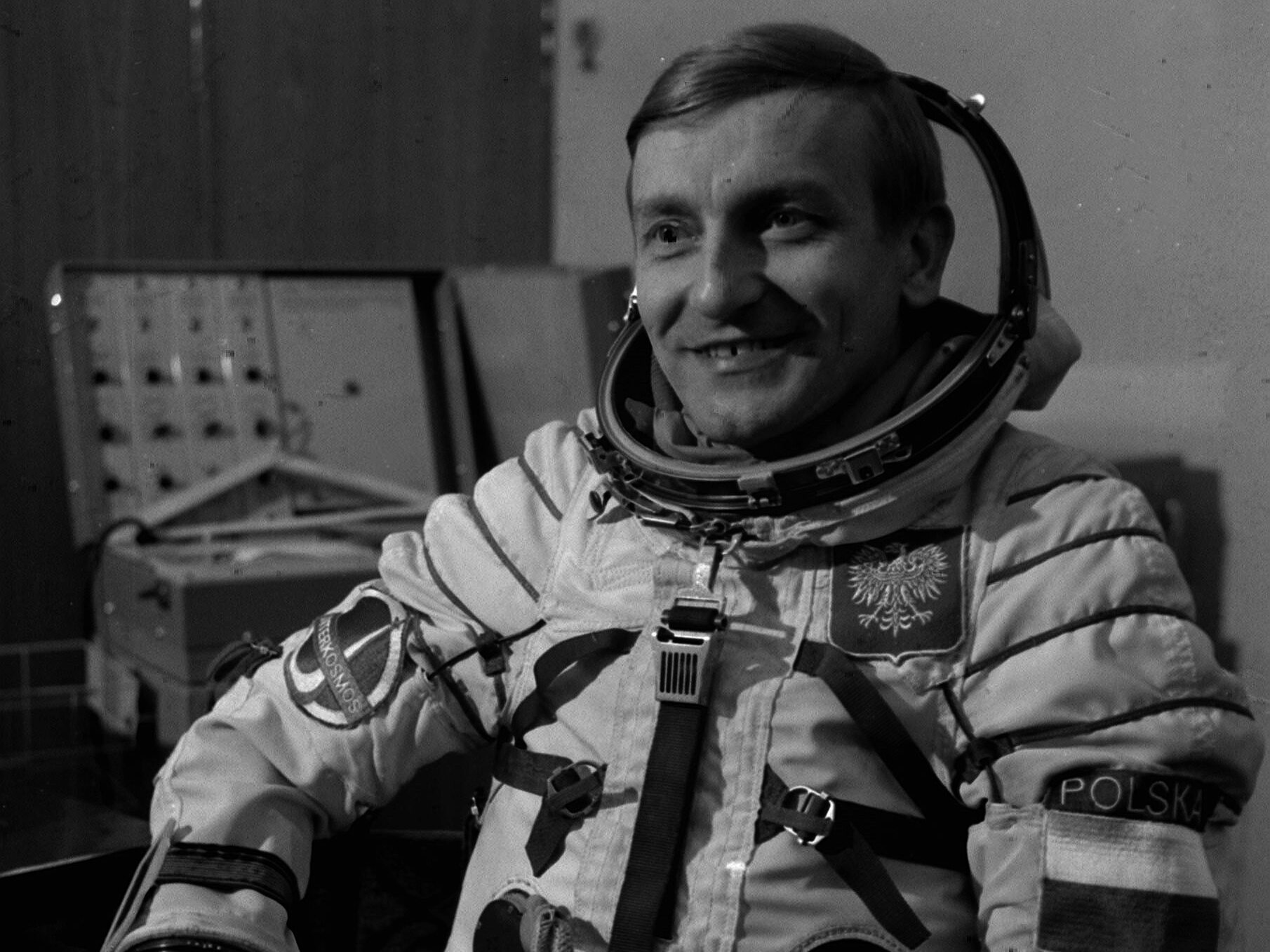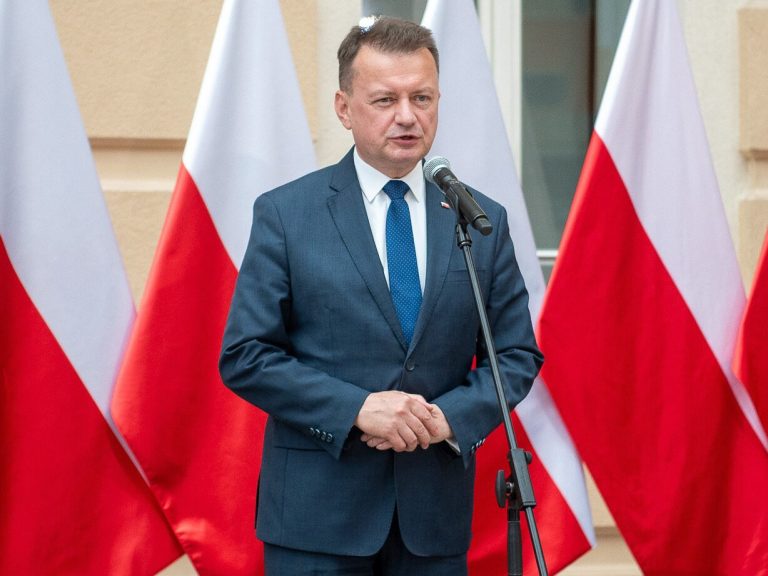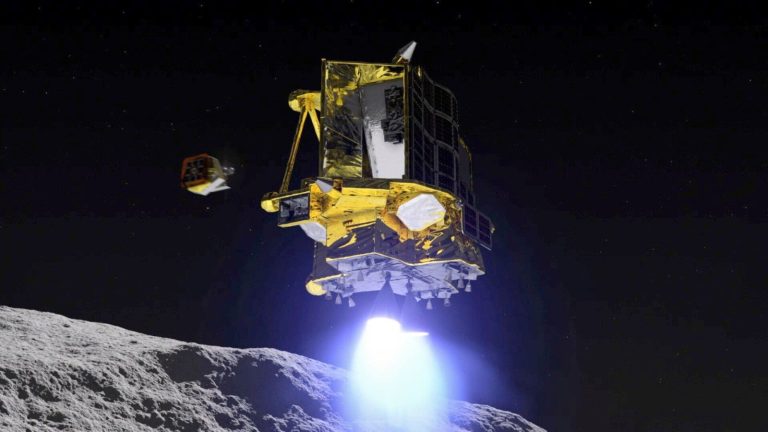Polish space conquests. These scientists revealed to us the secrets of the universe

Since the dawn of time, people have looked up at the sky and wondered what was really up there. Although the universe still holds a lot of secrets for us, Polish scientists have a lot to do with discovering them.
Travel to the Moon, the nature of stars and planets, the presence of alien civilizations – these issues have been bothering humanity for years. Space and its mystery make us realize that we actually know very little about the nature of the universe. Scientists have been trying to explore the secrets of space for hundreds of years to find answers to the most intriguing questions.
Curiosity and the need to explore the secrets of space have led to the creation of many groundbreaking inventions. It is impossible not to mention that calendars were created based on sky observations. The invention of the telescope in the 18th century led to enormous advances in astronomy. It was this device that allowed researchers to look deep into the stars. If it were not for the development of space technologies, modern man would not know, among others, GPS technology or satellite television. Scientists from Poland have made considerable contributions in the field of space research.
Kraków and the beginnings of Polish astronomy
The beginnings of Polish astronomy are related to, among others, with the creation in 1405 of the so-called Krakow school of astronomy. The activities of master Jan of Głogów and his student Wojciech of Brudzew certainly contributed to its unique position.
The first one became famous, among others, creating a treatise describing constellations. The astronomer could also boast of his work on solar and lunar eclipses. In turn, Wojciech from Brudzewo was the first to determine that the Moon always faces the Earth with only one side and moves in an ellipse. Needless to say, he was distrustful of geocentric theory, to say the least.
Nicolaus Copernicus – the brightest star of Polish astronomy
I don’t think anyone needs to be introduced to another star of Polish astronomy, Nicolaus Copernicus. An outstanding scientist created the work “On the Revolutions of the Celestial Spheres”, which revolutionized the existing views on the Universe. The heliocentric vision of the planetary system presented by the Toruń astronomer led to the famous Copernican Revolution.
Nicolaus Copernicus concluded that the Sun, not the Earth, is located in the center of the Solar System, and other celestial bodies revolve around the star. After presenting this theory, Copernicus received a wave of criticism. He was targeted by, among others, Martin Luther shoulder to shoulder with the Catholic Church. Nicolaus Copernicus’s work caused so much outrage that in 1616 it was included in the index of prohibited books. Only after the research of Kepler and Galileo, it was recognized that the Pole was right, and his theory became the basis of the Copernican Revolution.
Hevelius and one of the largest telescopes in the world
Another Polish astronomer – Jan Heweliusz – also achieved groundbreaking works in the field of astronomy. It was this resident of Gdańsk who built one of the largest telescopes in the world at that time in the 1670s – it was as much as 50 meters long.
His work “Selenography, or the description of the Moon”, in which he presented, among others, results of observations of Jupiter’s moons and sunspots, results of observations of eclipses of celestial bodies by the Moon and exceptionally accurate maps of the Moon. He could also boast of discovering four new comets. He also dared to question John Kepler’s thesis that comets move in straight lines. He believed that they moved along curved tracks.
When talking about Polish space research, one cannot fail to mention Maurycy Rudzki, active at the turn of the 19th and 20th centuries, who was not only the founder of the first seismological station in Poland, but also the author of over 150 works in the field of geophysics, including on the shape of the Earth and in the field of astrophysics. .
A starship and a small space revolution
An interesting step towards space research was the work of Franciszek Abdon Uliński. In 1920, he published an article in which he presented the concept of an interplanetary rocket, which he gave an exceptionally charming name – Starship. According to the scientist’s unrealized plans, the vehicle’s driving force was to be solar radiation. As he explained, it would be captured by a mirror constructed in the form of a fan, consisting of a battery of photovoltaic elements. They were supposed to convert the collected solar energy into electricity.
After the war, work on rockets was carried out from 1957 by a team of researchers led by Jacek Walczewski. Scientists set themselves the goal of placing an artificial satellite in orbit. Thirteen years later, two Meteor 2K meteorological rockets were launched into the world from the station located in the Łebska Spit. Ultimately, they reached an altitude of 90 km. As it later turned out, this was the last element of this research.
Polish scientists and the Apollo mission
The Pole Werner Ryszard Kirchner also made a mark in the history of space research. After the end of World War II, he lived in the United States. There he studied and obtained his doctorate, specializing in solid rocket propulsion and rocket fuel. Pole, among others he worked on the project that ended with the introduction of the first American satellite, “Explorer I”, into orbit, and as part of the “Apollo” program, he dealt with the issue of propulsion of the lunar lander.
He also worked for the CIA, writing reports on the state of the Russian missile industry. It was Werner Ryszard Kirchner who supervised research on the development of a maneuver to change the orbit from the Earth to the Moon. Edwin Aldrin and Neil Armstrong, the first people to stand on the Moon, thanked him personally for his enormous contribution to the development of space research.
Another Pole also collaborated on the Apollo 11 program – Stanisław Stankiewicz (also known as Stanley Stanwyck-Stankiewicz). He made a huge contribution to the success of NASA missions. He initially worked as an engineer at Cape Canaveral. He co-created the Skylab program, the main goal of which was to build a small space station in Earth orbit. In the Apollo program, he was responsible for the composition of the air used in the space shuttle.
The only Pole to fly into space
When writing about the participation of Polish scientists in space research, one cannot fail to mention the Interkosmos program promoted by the authorities of the communist USSR. There is no doubt that joining Poland in the program allowed researchers to acquire skills under the supervision of experienced colleagues, which allowed them to create the basis for modern space exploration.
In 1966, the USSR Academy of Sciences established the Council for International Cooperation in the Field of Exploration and Use of Outer Space for Peaceful Purposes, i.e. the so-called Intercosmos Council. Researchers from 9 countries that decided to join the program launched a total of 26 Interkosmos series satellites and 11 Vertical series geophysical rockets between 1969 and 1994. Thanks to the instruments mounted on them, it was possible not only to study near-Earth space, but also its magnetosphere.
The only Pole who so far managed to see the universe from a space rocket was Mirosław Hermaszewski. In 1978, together with a Soviet cosmonaut of Belarusian origin, he flew into space aboard the Soyuz 30 spacecraft. The space journey lasted eight days. During the mission, 126 orbits of the Earth were made and a connection was established with the Salyut 6 orbital station, where the research program was carried out.
Moreover, several Polish records were broken and recognized by the International Aviation Federation. It was about, among other things, about flight altitude – 363 km or flight speed – 28,000. km/hour. – From orbit, the Earth is beautiful, blue, you can see everything in wonderful colors – reported Mirosław Hermaszewski.
A breakthrough agreement with the European Space Agency
In 1992, Aleksander Wolszczan made a breakthrough discovery. The Pole managed to find the first extrasolar planetary system around a pulsar in the Virgo constellation. This incredible feat was the first evidence that our solar system was not isolated in the universe.
It is also worth emphasizing that in 1994, Poland signed an agreement with the European Space Agency on cooperation in the peaceful use of outer space. Thanks to this document, Poles could actively participate in ESA scientific programs.
Currently, the Space Research Center of the Polish Academy of Sciences cooperates not only with the European Space Agency, but also with NASA and other space agencies around the world. It was in this research center that the first Polish scientific satellites were created: Lem and Heweliusz.
In 2007, the Agreement on a European Cooperating State was signed. Thanks to the creation of this mechanism, 45 projects were financed for a total amount of EUR 11.5 million, implemented by Polish companies, scientific and research institutions and universities in cooperation with ESA. They implemented 45 projects for a total amount of EUR 11.5 million.
Five years later, Poland officially became a member state of the European Space Agency, which opened the way to full participation in the agency’s programs and faster development of space technologies. In 2014, the Polish Space Agency POLSA was established.
Papcio Chmiel’s son and the Perseverance rover mission
Poles have an increasing share in space exploration, which is expressed in many different projects. In 2018, NASA conducted the InSight mission, which aimed to explore the deep interior of Mars. Polish scientists from the Astronika group then made the most important elements of the Kret HP3 instrument.
In turn, Artur Chmielewski, son of the famous Papcio Chmiel, is associated with the mission of the Perseverance rover, which landed on Mars in 2021 and is still conducting active research there. The object of the research is the Jezero crater, whose diameter is 49 kilometers. According to scientists, in the past there was a lake of liquid water in this place.
However, the mission’s primary goal is to check whether there is life on Mars, identify ancient environments capable of supporting microbial life, and expand knowledge about the planet for future manned expeditions.
Artur Chmielewski also works at the NASA Center’s Jet Propulsion Laboratory. – I took part in 15 space missions. The ships I designed flew to Jupiter, Saturn, asteroids, comets, observed black holes and flew close to the Sun – he said in an interview with TVP.
The Polish Space Agency has many plans to explore space, as its president, Prof., told in an interview with “Wprost”. Grzegorz Wrochna. The next breakthrough step for Polish extraterrestrial exploration is to be the second-ever flight of a Pole into space, specifically to the International Space Station. The Polish astronaut will test technologies of domestic companies, carry out experiments and conduct an educational program for students. Most likely, the second Pole in space will be Dr. Sławosz Uznański.





